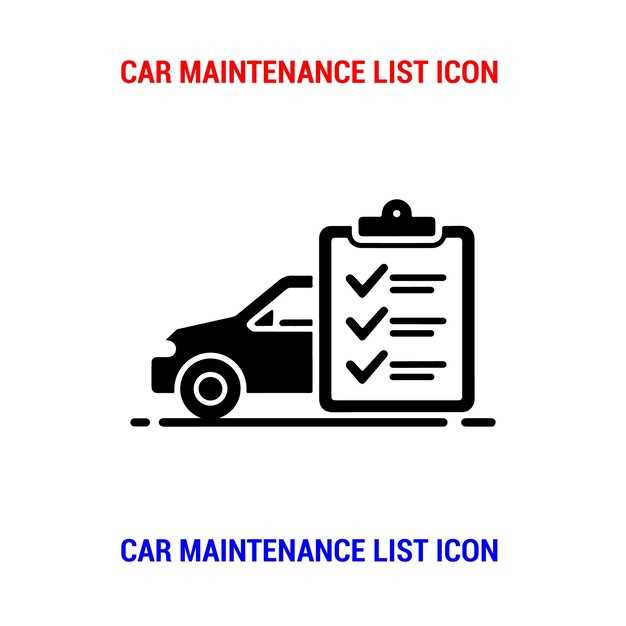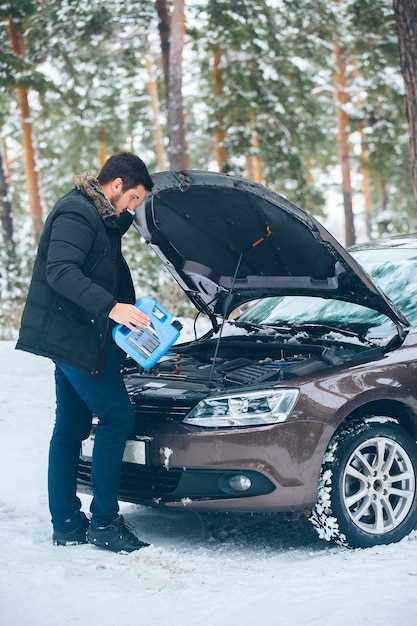
Seasonal changes can significantly impact the performance and longevity of your vehicle. Proper care during these transitions is crucial to ensure that your car operates efficiently regardless of the weather conditions. Understanding the specific maintenance needs of your vehicle during each season can help prevent unexpected breakdowns and costly repairs.
Creating a comprehensive seasonal maintenance checklist is essential for car owners who want to maintain optimal performance throughout the year. By regularly assessing various components of your vehicle, you can address potential issues before they escalate. Such proactive measures not only enhance your driving experience but also contribute to the overall safety of your car.
The following checklist serves as a guide for seasonal car care, highlighting critical areas to inspect and maintain. Whether it’s preparing for harsh winter weather or ensuring your car runs smoothly during the hot summer months, this checklist will help you stay on top of your vehicle’s maintenance needs and enjoy peace of mind on the road.
Preparing Your Vehicle for Winter Weather Conditions

As winter approaches, it’s crucial to ensure your vehicle is ready to face challenging weather conditions. A comprehensive care checklist can help you prepare effectively and maintain optimal performance throughout the season.
First, check your tires. Winter tires are designed for improved traction on snow and ice, offering better control than all-season tires. Ensure that they are properly inflated and have adequate tread depth, as this will significantly influence your vehicle’s handling in slippery conditions.
Next, inspect your battery. Cold temperatures can reduce battery capacity, making it difficult to start your engine. Test your battery’s charge and clean any corrosion from the terminals. If the battery is over three years old, consider replacing it to avoid potential failures during the cold months.
Fluids are vital for your vehicle’s performance in winter. Ensure your antifreeze is at the correct mixture to prevent freezing and that your windshield washer fluid is rated for low temperatures. Additionally, check your oil level and consider using a winter-grade oil to enhance engine performance in colder weather.
Pay attention to your wipers and lights. Replace worn windshield wipers to ensure maximum visibility during snow and rain. Check that all headlights, brake lights, and turn signals are functioning properly, as increased visibility is essential in winter driving.
Finally, prepare an emergency kit to keep in your vehicle. It should include items such as a blanket, gloves, flashlight, non-perishable snacks, and a first aid kit. Having these essentials can be invaluable in case of unexpected breakdowns or road conditions.
By following this winter maintenance checklist, you can ensure your vehicle is well-prepared to handle the demands of winter weather, enhancing safety and performance throughout the season.
Spring Maintenance Tasks to Enhance Vehicle Longevity

As the winter months fade away, it’s essential to conduct a thorough spring maintenance checklist to ensure the optimal performance of your vehicle. Proper care during this season can significantly enhance the lifespan of your car.
1. Inspect Fluid Levels: Start by checking the oil, coolant, brake fluid, and windshield washer fluid. Topping off or changing these fluids as needed helps ensure your vehicle runs smoothly and prevents potential damage.
2. Replace Wiper Blades: Spring rain can reduce visibility, making it crucial to have effective windshield wipers. Check the blades for wear and replace them if they are cracked or leaving streaks.
3. Examine Tires: Inspect tire pressure and tread depth. Properly inflated tires contribute to better fuel efficiency and handling. Consider rotating your tires to promote even wear.
4. Check Battery Condition: Cold weather can be harsh on your car’s battery. Look for corrosion on terminals and ensure it holds a charge. Replace it if it shows signs of weakness.
5. Test Brakes: Evaluate your braking system for any unusual sounds or reduced responsiveness. It’s vital to ensure safety and performance as you transition to warmer driving conditions.
6. Wash and Wax: Remove winter grime and protect your vehicle’s paint. A thorough wash followed by a quality wax will shield against environmental damage and enhance aesthetic appeal.
7. Check Belts and Hoses: Inspect for any signs of wear on belts and hoses, such as cracks or fraying. Replacing them before they fail can save you from costly repairs down the line.
8. Review Air Filters: A clean air filter improves engine performance and fuel efficiency. Check and replace the engine and cabin air filters to maintain optimal airflow.
Following this spring maintenance checklist will help in caring for your vehicle proactively, ensuring it remains reliable and performs well throughout the year. Regular attention in the spring not only enhances longevity but also promotes safety on the road.
Summer Care Tips to Keep Your Engine Running Smoothly
As temperatures rise during the summer months, it’s essential to ensure that your engine remains in optimal condition. Incorporate the following tips into your seasonal maintenance checklist to enhance performance and longevity.
First, check the coolant system. High temperatures can lead to overheating, so inspect the coolant level and condition. If it’s low, top it off with the appropriate coolant. Consider flushing the system if it hasn’t been done in a while to prevent debris buildup.
Second, monitor the oil level and quality. Engine oil can break down more quickly in the heat. Ensure you’re using the right viscosity for summer and consider changing the oil if it’s nearing the end of its service interval. Regular changes help to keep the engine lubricated and protected.
Third, examine the air filter. A clean air filter promotes optimal airflow to the engine, improving performance and fuel efficiency. Replace it if it appears dirty or restricted, which is especially important when driving in dusty conditions common in summer.
Fourth, inspect the battery. Summer heat can be just as damaging to your battery as winter cold. Check for corrosion on terminals and ensure a secure connection. If your battery is more than three years old, have it tested to avoid unexpected failures during extreme heat.
Fifth, pay attention to your tires. Warm weather can increase tire pressure, so check it regularly and adjust as necessary. Inspect treads for wear and replace tires that are worn out to maintain traction and handle effectively during summer travels.
Finally, keep an eye on the belts and hoses. High temperatures can cause wear and tear, leading to potential failures. Look for any signs of cracks, fraying, or leaks, and replace any components that show signs of damage to keep your engine running smoothly.
Following these summer care tips will ensure that your engine performs optimally throughout the season. Regular checks and maintenance not only help in preventing breakdowns but also extend the life of your vehicle.




